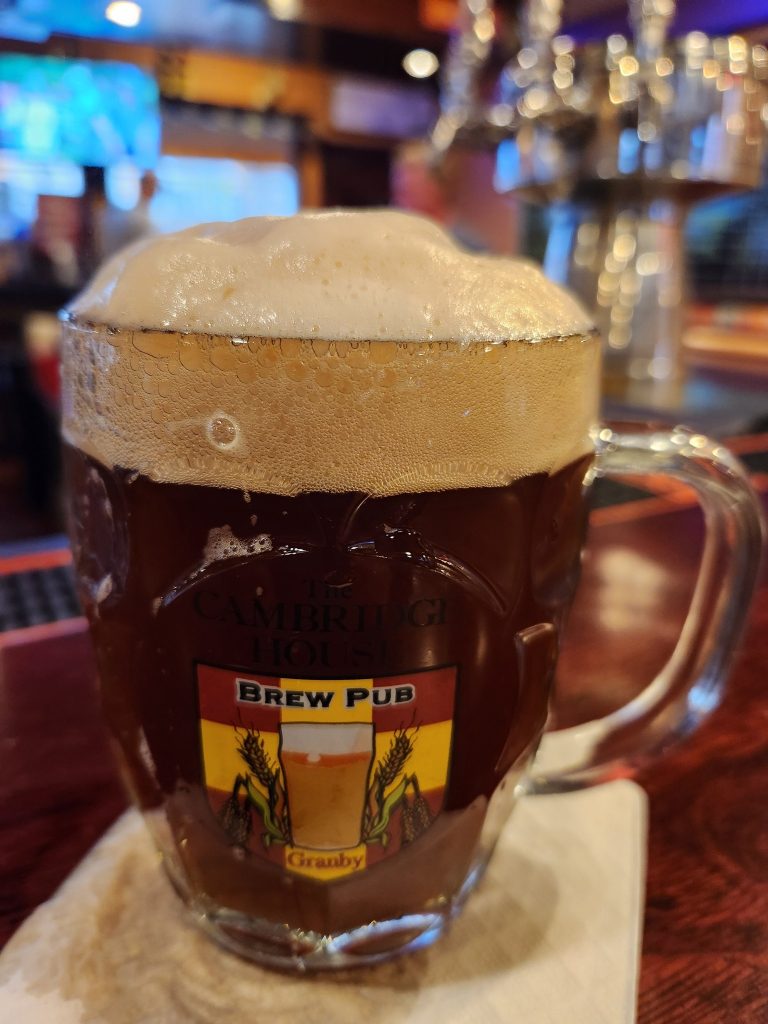
When celebrating, or just relaxing, beer is a great beverage choice. Have you ever wondered what’s hiding under that foamy head? Beyond the great taste and relaxing effects, beer is complex with a rich chemistry that contributes to its flavor, aroma, color, and overall enjoyability.
Beer is a fermented beverage of four key ingredients: water, malted barley, hops, and yeast. Before yeast were identified, the oldest food and drink regulation in the world, the German Beer Purity Law dictated that the ingredients for beer must be only water, barley malt and hops. The combination and interplay between them during the brewing process sets up the amazing chemistry in your glass.
Water, about 90% of beer, is the base allowing other ingredients to spin their magic. Minerals and pH level of the water influence the taste and mouthfeel of the final product. Brewers tailor these to create the flavor profile for each beer.
Malted barley is the backbone of beer. Barley undergoes malting where barley grains are wetted, germinated, and then dried to develop enzymes that convert starches into sugars. The mashing process involves soaking the malt in hot water, activating these enzymes and creating a sugary solution called wort. The wort is fed to yeast for fermentation, the ultimate transformation.
Hop cones are aromatic flowers of the hop plant. They contribute bitterness, flavor, aroma and help preserve beer. These contributions are due to acids and oils released by hops. They balance and contrast the sweetness of the malt with bitterness. They also add a wide range of flavors, from floral and citrusy to earthy and spicy. Timing of hop additions during brewing influences the final taste and aroma of the beer.
The chemical manufacturing plants of the process are yeasts. They are responsible for fermentation of sugars, metabolizing them to alcohol, carbon dioxide and many other chemicals. Different yeast strains produce different compounds. These can be fruity, floral, spicy or smoky flavors. The choice of yeast strain greatly impacts the beer’s flavor and aroma characteristics. Ales and lagers, the two main types of beer, utilize different yeast strains and fermentation conditions, resulting in distinct tastes and textures. Extended chemical processing or conditioning allows flavors to evolve, influenced by many factors.
The chemistry behind beer is a blend of science and art. Careful manipulation of water, malted barley, hops, and yeast create a symphony of flavors and aromas that make each beer unique. When you raise a glass of your favorite brew, take a moment to appreciate the intricate chemistry in your glass.

